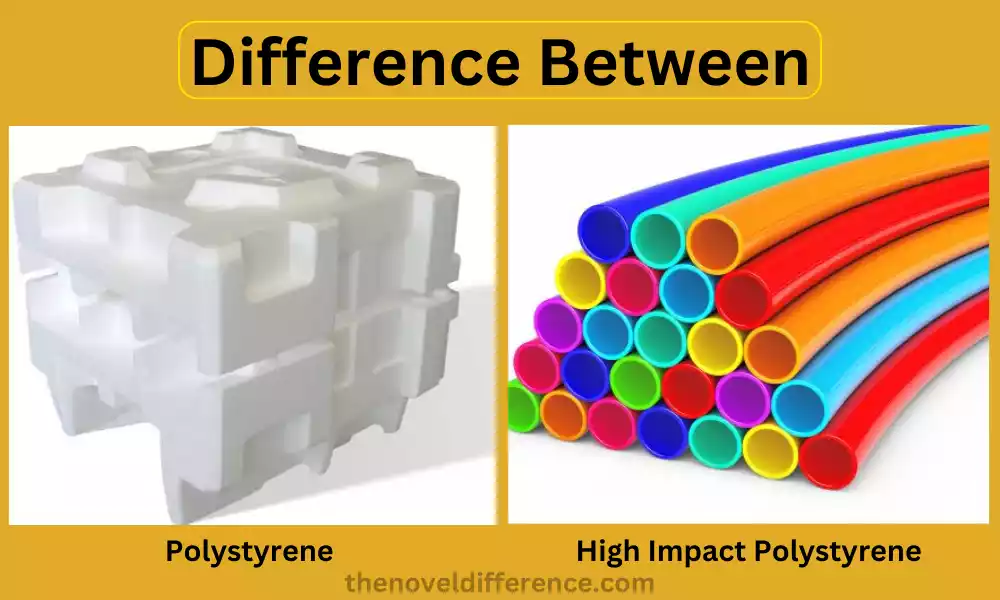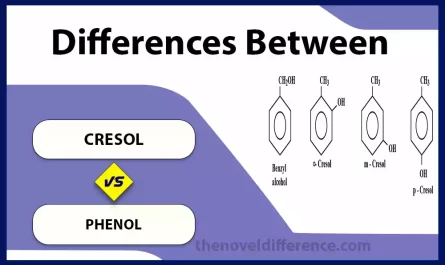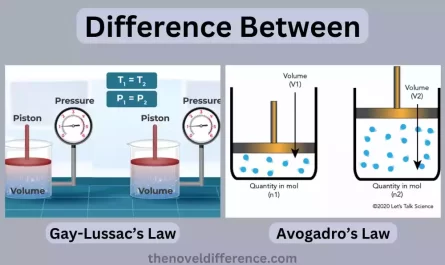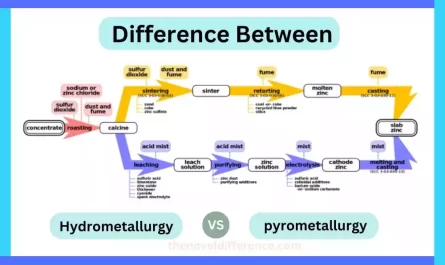Definition of Polystyrene and High Impact Polystyrene
Polystyrene: Polystyrene is a synthetic polymer made from the monomer styrene. It is a rigid and transparent thermoplastic material that is commonly used in various applications. Polystyrene features an ordered molecular structure and falls into the category of an amorphous polymer; thus lacking an identifiable crystallinity structure. Lightweight polystyrene plastic has excellent electrical insulation properties and is an excellent material choice for many uses.

High Impact Polystyrene (HIPS): HIPS (High Impact Polystyrene), often abbreviated HIPS, is an advanced version of polystyrene that offers greater durability during impacts than its standard versions. It is produced by incorporating elastomers or rubber into the polystyrene matrix during the manufacturing process. This modification enhances the impact resistance and toughness of the material, making it less brittle and more suitable for applications that require greater strength and durability.
HIPS retains many of the properties of polystyrene but provides improved resistance to impact and stress. It is widely used in industries such as automotive, appliances, and packaging.
Importance of understanding the differences between the two
Understanding the differences between polystyrene and high-impact polystyrene (HIPS) is important for several reasons:
1. Material Selection: Understanding the differences between polystyrene (PS) and HIPS will help designers and manufacturers select the best material for their application. This ensures that the material used will have the desired mechanical strength, impact resistance, and other required properties, leading to better performance and durability of the final product.
2. Application Suitability: Polystyrene and HIPS have different characteristics that make them suitable for specific applications. Knowing these differences allows for informed decision-making regarding which material to use in different industries. For example, HIPS’s improved impact resistance makes it a preferred choice for automotive components or appliances where durability is crucial, while polystyrene’s transparency and low cost make it suitable for packaging materials or disposable utensils.
3. Performance Optimization: Understanding the differences in properties between polystyrene and HIPS enables manufacturers to optimize the performance of their products. By selecting the material that best meets their requirements, they can ensure that the final product performs well under expected operating conditions, minimizing the risk of failures, breakages, or other performance issues.
4. Processing Techniques: Polystyrene and HIPS may require different processing techniques during manufacturing. Having knowledge of these differences allows manufacturers to choose the appropriate processing methods such as injection molding, extrusion, or thermoforming for each material. This ensures efficient production processes and avoids potential complications or defects that may arise from using the wrong processing techniques.
5. Environmental Impact: Understanding the differences between polystyrene and HIPS can also contribute to making more informed decisions regarding the environmental impact of these materials. For example, being aware that polystyrene is non-biodegradable and poses challenges for recycling can lead to exploring alternative materials or recycling strategies. Similarly, understanding the environmental considerations related to HIPS can help identify opportunities for sustainable practices and recycling initiatives specific to this material.
Understanding the differences between polystyrene and HIPS is essential for selecting the right material, optimizing performance, choosing appropriate processing techniques, and considering the environmental impact of these materials.
This knowledge enables better decision-making and facilitates the development of more efficient and sustainable products.
Composition and Structure
Polystyrene: Polystyrene is a linear thermoplastic polymer composed of repeating units of styrene monomers. The chemical structure of styrene consists of a vinyl group (-CH=CH2) attached to a benzene ring. When polymerized, these styrene monomers link together through covalent bonds, forming a long chain structure. Polystyrene is characterized by its amorphous nature, meaning it lacks a distinct crystalline structure. This molecular structure contributes to its transparency and rigidity.
High Impact Polystyrene (HIPS): High Impact Polystyrene (HIPS) is barter version of polystyrene.
During the manufacturing process, elastomers or rubber, such as polybutadiene, are incorporated into the polystyrene matrix. This addition alters the structure of the material, resulting in a composite material with improved impact resistance and toughness compared to regular polystyrene. The elastomers dispersed within the polystyrene matrix form a dispersed phase, which helps absorb and dissipate energy upon impact, preventing the propagation of cracks and enhancing the material’s overall toughness.
The addition of elastomers or rubber to polystyrene in HIPS does not significantly alter the chemical composition of the polymer. Instead, it introduces a phase separation within the material, with the rubber phase dispersed as particles or domains within the polystyrene matrix.
This modified structure provides HIPS with enhanced mechanical properties, making it less brittle and more resistant to impact forces compared to regular polystyrene.
What is Polystyrene?
Polystyrene is a synthetic polymer made from the monomer styrene. It is a versatile and widely used thermoplastic material. The chemical structure of styrene consists of a vinyl group (-CH=CH2) attached to a benzene ring.
Through a process called polymerization, styrene monomers are chemically bonded together, forming a long-chain polymer known as polystyrene.
Polystyrene is characterized by its rigid and transparent properties, making it suitable for various applications. It is an amorphous polymer, meaning it lacks a distinct crystalline structure.
This molecular structure contributes to its transparency and allows light to pass through easily. Polystyrene also possesses good electrical insulation properties, making it useful in applications where electrical conductivity needs to be minimized.
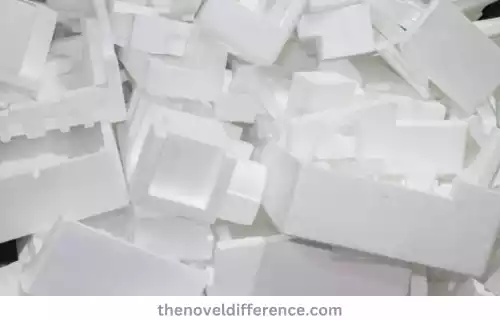
Polystyrene’s lightweight nature makes it popular for applications requiring both strength and low weight – something polycarbonate cannot match.
Additionally, polystyrene is relatively inexpensive, making it a cost-effective choice for many industries.
Polystyrene can be processed using various methods such as extrusion, injection molding, and foam production (expanded polystyrene).
It finds wide-ranging applications, including packaging materials, disposable utensils, insulation, toys, and medical devices. Expanded polystyrene foam, commonly known as Styrofoam, is used for insulation, protective packaging, and construction purposes.
However, it’s important to note that polystyrene is non-biodegradable and poses challenges for recycling. It has received attention regarding its environmental impact, particularly in terms of waste management and potential effects on ecosystems. Efforts are being made to find sustainable alternatives and improve recycling technologies for polystyrene materials.
What is the High Impact of Polystyrene?
High Impact Polystyrene (HIPS) is a modified version of polystyrene that exhibits improved impact resistance compared to regular polystyrene.
The “high impact” property refers to its ability to withstand impact forces without fracturing or breaking easily. This enhanced toughness makes HIPS suitable for applications where greater strength and durability are required.
The improved impact resistance of HIPS is achieved by incorporating elastomers or rubber, typically polybutadiene, into the polystyrene matrix during the manufacturing process.
The addition of these elastomers creates a dispersed phase within the material. The rubber phase is distributed as small particles or domains throughout the polystyrene matrix.
When an impact force is applied to HIPS, the dispersed elastomer particles act as energy absorbers and help dissipate the energy, preventing the propagation of cracks.
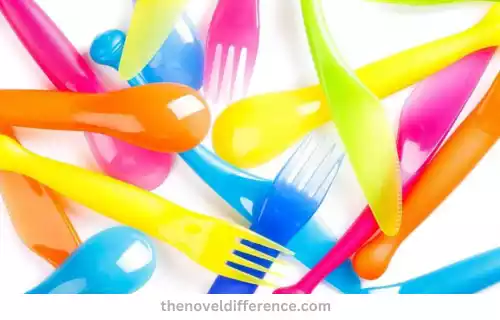
This phenomenon is known as energy damping or impact modification. By absorbing and distributing the impact energy, HIPS exhibits reduced brittleness and enhanced resistance to fracture, making it less prone to shattering or breaking under stress.
The elastomer phase within HIPS also contributes to its improved toughness and ductility.
It allows the material to deform under stress without undergoing catastrophic failure. As a result, HIPS can withstand bending, twisting, and impact forces more effectively than regular polystyrene.
The high impact properties of HIPS make it suitable for various applications that require greater resistance to impact and stress. It finds extensive use in the automotive industry for components such as dashboard panels and trim, where resistance to impact during accidents or collisions is essential.
HIPS is also utilized in appliances, toys, and recreational products, where durability and resistance to rough handling are important considerations.
It’s worth noting that while HIPS offers improved impact resistance compared to regular polystyrene, it may have slightly reduced clarity and transparency due to the presence of the dispersed rubber phase.
However, this trade-off in optical properties is often acceptable considering the desired mechanical performance of the material.
What is the Difference Between Polystyrene and High Impact Polystyrene?
The main differences between polystyrene and high impact polystyrene (HIPS) lie in their properties and performance characteristics. Here are some key distinctions:
1. Impact Resistance: The most significant difference is the impact resistance. Polystyrene is relatively brittle and prone to fracture when subjected to impact forces, while HIPS is specifically formulated to have improved impact resistance. The addition of elastomers or rubber in HIPS enhances its ability to absorb and dissipate energy, preventing crack propagation and making it more resistant to breakage.
2. Mechanical Properties: Polystyrene is rigid and has limited flexibility, whereas HIPS has increased toughness and ductility. HIPS can withstand greater deformation without fracturing, allowing it to withstand bending, twisting, and impact forces more effectively.
3. Transparency: Polystyrene is transparent, allowing light to pass through easily, while HIPS may have slightly reduced clarity due to the presence of dispersed rubber particles. HIPS is generally more translucent than transparent, although the level of transparency can vary depending on the specific formulation.
4. Applications: Polystyrene is commonly used in applications where transparency, rigidity, and low cost are important, such as packaging materials, disposable utensils, and insulation. HIPS, with its improved impact resistance, is preferred in applications that require greater strength and durability, such as automotive components, appliances, and toys.
5. Processing: Polystyrene and HIPS can be processed using similar techniques such as injection molding, but the processing conditions may differ due to their varying properties. HIPS may require slightly higher temperatures or different cooling rates to accommodate the presence of elastomers.
6. Environmental Considerations: Both polystyrene and HIPS face similar environmental concerns. They are non-biodegradable and pose challenges for recycling. Efforts are being made to develop sustainable alternatives and improve recycling technologies for these materials.
Polystyrene is rigid, transparent, and relatively brittle, while HIPS is tougher, more impact-resistant, and may have reduced transparency. HIPS is specifically designed to improve impact resistance and is chosen for applications where greater strength and durability are required.
Polystyrene vs High Impact Polystyrene in Tabular Form
Sure! Here’s a tabular comparison highlighting the key differences between polystyrene and high impact polystyrene (HIPS):
Properties Polystyrene High Impact Polystyrene (HIPS)
Impact Resistance Relatively brittle and prone to fracture Improved impact resistance due to elastomer addition
Mechanical Properties Rigid, limited flexibility Increased toughness and ductility
Transparency Transparent Slightly reduced clarity, more translucent
Applications Packaging materials, disposable utensils, insulation Automotive components, appliances, toys
Processing Similar to polystyrene (e.g., injection molding) May require slightly different processing conditions
Environmental Considerations Non-biodegradable, recycling challenges Similar concerns as polystyrene, ongoing efforts for sustainability
Please note that this table provides a general overview of the differences between polystyrene and HIPS, but specific formulations and grades of these materials may exhibit variations in properties and performance.
Processing and Manufacturing
Processing and manufacturing methods for polystyrene and high impact polystyrene (HIPS) differ slightly. Here’s an overview of the processing techniques commonly used for these materials:
Polystyrene:
1. Extrusion: Polystyrene can be processed through extrusion, where the material is melted and forced through a die to create continuous profiles or sheets. Extrusion is commonly used for producing polystyrene sheets used in packaging materials or insulation boards.
2. Injection Molding: Injection molding is a widely used technique for polystyrene. The process involves melting the polystyrene resin and injecting it into a mold cavity under high pressure. Once cooled and solidified, the molded part is ejected from the mold. Injection molding is suitable for producing complex shapes and is commonly used for manufacturing various polystyrene products, including consumer goods, electronic components, and household items.
3. Foam Production (Expanded Polystyrene): Expanded polystyrene (EPS), commonly known as Styrofoam, is produced through a foam expansion process. Polystyrene beads containing a blowing agent are pre-expanded and then molded into the desired shape. The molded beads are then further expanded using steam, heat, or other methods to create the final foam product. EPS foam is widely used for packaging, insulation, and construction applications.
High Impact Polystyrene (HIPS):
1. Injection Molding: HIPS is primarily processed using injection molding. The process involves melting the HIPS resin and injecting it into a mold cavity under high pressure. The addition of elastomers in HIPS may require specific molding conditions, such as slightly higher temperatures or adjusted cooling rates, to ensure proper dispersion of the elastomer phase and achieve the desired mechanical properties.
2. Blending Process: HIPS is often produced through a blending process where polystyrene and elastomers are mixed together to create a homogeneous material. This blending process can be done using twin-screw extruders or specialized blending equipment. The blended HIPS material can then be further processed through injection molding or other molding techniques.
3. Thermoforming: Thermoforming is another processing method used for HIPS. It involves heating a sheet of HIPS and shaping it by vacuum forming or pressure forming into the desired shape. Thermoforming is commonly used for manufacturing HIPS products such as trays, containers, and automotive parts.
It’s important to note that while the general processing methods mentioned above are commonly used, specific manufacturing processes may vary depending on the specific requirements of the product and the manufacturer’s capabilities.
Environmental Considerations
Environmental considerations play a significant role when comparing polystyrene and high impact polystyrene (HIPS). Here are some key points regarding their environmental impact:
Polystyrene:
1. Non-Biodegradability: Polystyrene is a non-biodegradable material, meaning it persists in the environment for a long time once discarded. This characteristic contributes to concerns about its accumulation in landfills and potential impact on ecosystems.
2. Challenges in Recycling: Polystyrene recycling can be challenging due to factors such as its low density and susceptibility to contamination. However, there are recycling initiatives in place that aim to improve the collection and processing of polystyrene waste. These initiatives focus on recycling methods such as mechanical recycling, where polystyrene is melted and reformed into new products.
3. Waste Management: Proper waste management is crucial for minimizing the environmental impact of polystyrene. Implementing strategies such as responsible disposal, recycling, and reducing the overall consumption of polystyrene products can help mitigate its environmental footprint.
High Impact Polystyrene (HIPS):
1. Similar Environmental Concerns: HIPS shares similar environmental concerns with regular polystyrene due to its composition and non-biodegradability. Like polystyrene, HIPS poses challenges for recycling and waste management.
2. Sustainable Alternatives: Given the environmental considerations associated with polystyrene and HIPS, efforts are being made to develop sustainable alternatives. These alternatives focus on materials that are biodegradable, recyclable, or derived from renewable resources.
3. Circular Economy Approaches: Adopting circular economy principles can contribute to mitigating the environmental impact of polystyrene and HIPS. This includes implementing strategies such as reducing the use of these materials, promoting recycling and reuse, and exploring innovative ways to recover and repurpose waste materials.
4. Environmental Regulations: Governments and regulatory bodies may impose restrictions or guidelines on the use and disposal of polystyrene and HIPS to address their environmental impact. Compliance with these regulations and adherence to sustainable practices are essential for minimizing their environmental footprint.
It’s important to note that while polystyrene and HIPS have environmental concerns, progress is being made in developing sustainable alternatives and improving recycling technologies to mitigate their impact.
Transitioning to more eco-friendly materials and adopting responsible waste management practices are crucial steps in addressing the environmental considerations associated with these materials.
Conclusion
Polystyrene and high impact polystyrene (HIPS) are two distinct materials with notable differences. Polystyrene is a rigid, transparent, and relatively brittle thermoplastic polymer.
It finds widespread use in applications such as packaging, insulation, and consumer goods. However, its non-biodegradable nature and challenges in recycling pose environmental concerns.
On the other hand, HIPS is a modified version of polystyrene that offers improved impact resistance and toughness. The addition of elastomers enhances its ability to withstand impact forces without fracturing easily. HIPS is preferred for applications requiring greater strength and durability, such as automotive components, appliances, and toys.
Understanding the differences between polystyrene and HIPS is important for selecting the appropriate material for specific applications. The choice between the two depends on factors such as impact resistance requirements, mechanical properties, and transparency needs.
It is essential to consider the environmental implications of both polystyrene and HIPS. Non-biodegradability and challenges in recycling highlight the need for sustainable alternatives and responsible waste management practices.
Governments, organizations, and manufacturers are actively working towards finding eco-friendly solutions and promoting circular economy principles to address these concerns.
Ultimately, balancing the functional requirements of a product with environmental considerations is crucial for making informed decisions and contributing to a more sustainable future.

